Data as a Service

Why AI projects fail: 8 common obstacles to success
Nearly 9/10 executives consider investing in AI and data to be a top priority for their company. But 8/10 of those initiatives are likely to end in failure. In this post, we explore the key reasons behind why so many AI projects don't achieve success and how to beat the odds. Download the Free Credible AI Toolkit 8 common obstacles to AI success “Move fast and break things” was Facebook’s early motto. As CEOs...

How are LLMs and Generative AI Changing the Future of Finding Insights from Data?
Large Language Models and generative AI tools have transformed the way organisations bring order to the vast amount of online and offline data available. AI can narrow down this data universe to a concise summary of only the most relevant results, which allows organisations to generate insights that would not have been possible through manual searches. In our latest blog, we explain how a Responsible AI approach can...

5 steps to Developing an Ethical Approach to AI
Artificial intelligence (AI) offers an incredible amount of opportunity from enhancing productivity to managing information. But, because AI "learns" from the data you give it, it's critical to develop an ethical approach to using the technology. When AI is adopted without an intentional ethics and governance strategy, you risk bad data outcomes, privacy breaches, and project failure. In this article, we'll discuss...

How Consultants Can Use AI to Turn Market Triggers into New Business Opportunities
In consulting, every opportunity starts with a market trigger, whether it be a change in leadership, a new industry regulation or an unexpected shift in investor sentiment. These trigger events can open doors for advisory work if you spot them early, understand their implications and respond fast. Why data quality matters more than ever The risks of using the wrong AI data are already clear. In October 2025, Deloitte...

3 Ways Management Consultants Can Use AI-Ready Data to Win More Business
See how Nexis+ AI and Nexis ® Data+ help management consultants power faster research, credible insights, and compliant AI innovation. As a management consultant, data is your competitive edge. Whether you’re uncovering new client opportunities, shaping strategy, or managing reputational risk, it can put you ahead of competitors, depending on what you find and how you use it. But not all data is created equal. To...

Why Trusted Data Is the New Competitive Edge in AI-Powered Consulting
AI is everywhere but credibility isn’t. With 80% of management consultants already using genAI tools in their daily work and over half saving three to four hours each day through AI integration, for many consulting firms, the question top of mind right now is whose AI can be trusted to deliver accurate, compliant results. That’s because the success of any AI tool ultimately depends on its foundation: data. Unverified...

Where to Find Reliable Market Size and Competitor Data for AI
Business consultants know that good strategy starts with good data. Whether you’re advising on market entry, growth opportunities, or competitive positioning, clients expect your recommendations to be grounded in reliable market size and competitor data . But finding trustworthy sources isn’t always straightforward. Poor-quality or incomplete data can misguide strategy, erode trust, and ultimately cost your clients...

The Power of News APIs in Brand Intelligence: A Practical Guide
Managing your company's brand reputation once meant monitoring a handful of newspapers and industry journals. Today, brand intelligence involves navigating thousands of digital media sources, social platforms, and real-time discussions, all at lightning-fast speeds. Traditional monitoring methods simply can't keep pace, making advanced tools like news APIs invaluable. Discover how integrating real-time news data and...

Ensuring Trusted Generative AI Responses with Retrieval Augmented Generation: The Importance of Pulling Original Sources
Generative AI’s potential for companies is well-known, but the technology can create new risks if it is not powered by original and trustworthy data sources. In the second blog in our ‘RAGs to Riches’ series, we explore those risks; highlight best practices around pulling data for generative AI using a Retrieval Augmented Generation (RAG) technique; and suggest the key questions to ask your data provider for a trustworthy...

What is RAG and Why Does It Matter for Trusted Generative AI?
Generative AI is widely predicted to transform almost every industry and use case, and companies spent more than $20 billion on the technology last year. But it also exposes these firms to new risks if not implemented strategically. In the first of two blogs in our ‘RAGs to Riches’ series, we will explain how the Retrieval Augmented Generation (RAG) technique enhances generative AI helps to mitigate these risks and deliver...

The reputation revolution: how technology has transformed adverse media screening to surface more relevant results while reducing staff time
Adverse media screening has become an essential part of a company’s risk management process, both while onboarding third parties and customers and throughout the relationship. In recent years, technological developments have made screening even more effective and efficient at surfacing risks. In this blog, we look at four of the benefits of using technology platforms such as LexisNexis for your negative news screening...
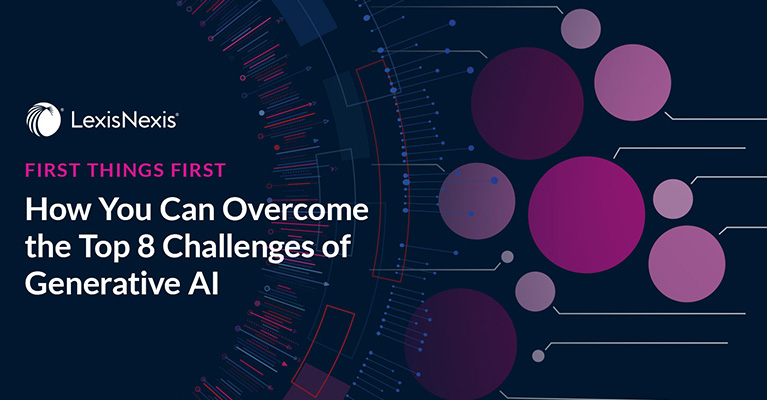
First Things First: How You Can Overcome Top 8 Challenges of Generative AI
Generative Artificial Intelligence (GenAI) stands as a transformative force in the digital landscape, promising innovative solutions and creative approaches to data synthesis. However, GenAI faces its fair share of adoption hurdles. Organizations committed to leveraging generative AI must navigate through myriad challenges, ensuring both the solution efficacy and ethical application. Let’s delve into the top 8 challenges...
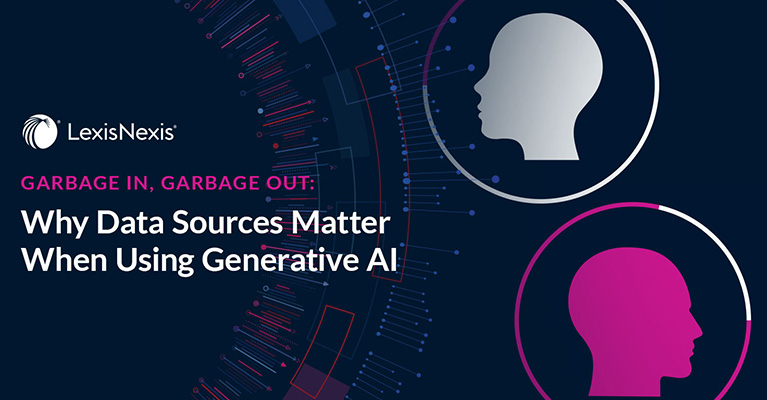
Garbage In, Garbage Out: Why Third-Party Data Sources Matter When Using Generative AI
In a recent LinkedIn post , data and technology transformation consultant Tommy Tang writes, “Generative AI has emerged as a potent tool across various domains, from content creation to bolstering decision support systems.” He warns, however, that “The efficacy of generative AI is intrinsically tied to the quality of its training data.” And therein lies the challenge, aptly summarized by the adage, “Garbage in, garbage...
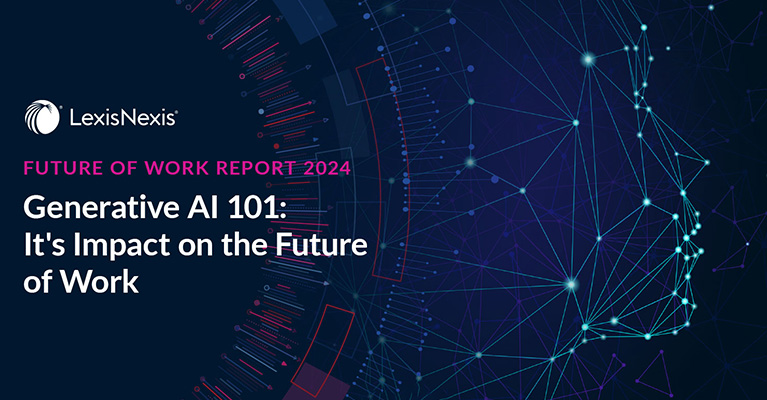
Get Ahead or Left Behind: The Generative AI Trend & It’s Growing Role in Tomorrow’s Workplace
ChatGPT and Bard, DALL-E and Starryai: Generative AI (GenAI) tools are taking the world by storm, igniting conversations, and shaping future possibilities in ways we've only begun to explore. As the World Economic Forum notes, “After years of research, it appears that artificial intelligence (AI) is reaching a sort of tipping point, capturing the imaginations of everyone from students saving time on their essay writing...
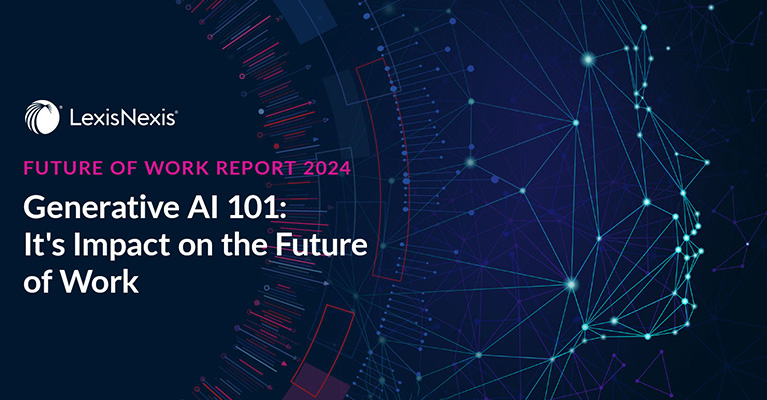
AI for Business: How to Capitalize on Generative AI to Enhance Decision-Making
The intersection of Artificial Intelligence (AI) and business pulses with potential, especially since generative AI (GenAI) has entered the picture. Google research scientist Oriol Vinyals notes, “Generative models are changing the way we think about machine intelligence and creativity, and have the potential to transform industries from media to finance to healthcare.” Of course, the insights you gain are only as good...

The EU’s Human Rights Due Diligence Directive is expected next year – and other countries could introduce their own legislation. How should companies prepare?
The EU’s proposed new Directive would mandate large companies in the EU or doing business there to implement strict new due diligence obligations. The regulation is now close to being finalized, which would start the clock ticking for individual countries to change their laws. We analyse what companies should expect from the Directive, as well as the wider trend towards global human rights due diligence regulations. We...

Global spread of Human Rights Due Diligence continues after initiative from Japanese government targets responsible business
One of the major themes in compliance in recent years has been the rise of Human Rights Due Diligence (HRDD) legislation in Europe and the US. Now, this trend appears to be expanding into the Asia-Pacific region after a recent initiative by the Japanese government. In this blog, we look at the latest developments in HRDD and ESG assessments, and explain how companies can expand their due diligence programme to capture...

Sanctions update: UK regulator releases new report, while EU publishes due diligence expectations for companies
Many companies have deficiencies in their sanctions risk management and customer due diligence processes, according to a survey by the UK’s financial regulator. The EU has also published new expectations about companies’ third party due diligence for risks related to sanctions, particularly for companies operating in Russia and Belarus. In this blog, we look at these latest developments in global sanctions, and explore...

Prevent and Detect: How Companies Can Spot Money Laundering Before the Fine
Companies are receiving ever larger fines for allegedly breaching anti-money laundering regulations–in fact, the total fines issued globally in 2022 was 50% higher than in 2021. As well as the financial hit, compliance breaches inflict significant legal, reputational and strategic damage on companies. It is therefore critical that banks and other firms can spot suspicious financial activity before it becomes a regulatory...

Seven Ways Companies Can Effectively Respond to the Global Spread of New Anti-Money Laundering Regulations
In the last blog in our AML series , we outlined the major developments which are driving rapid regulatory changes across the world. Today, we are going a step further by suggesting seven ways companies should respond to these emerging regulatory risks. Implementing these best practices for compliance and due diligence will not only help companies to meet regulators’ expectations, but it should protect their business...
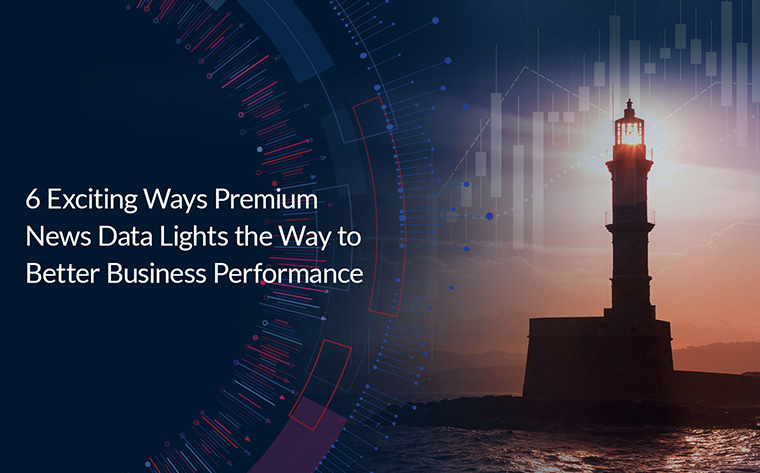
6 Exciting Ways Premium News Data Lights the Way to Better Business Performance
Despite predictions of a “new normal,” the post-pandemic world feels just as tumultuous as ever. In fact, you could say unpredictability is as constant as the tide. The pressure to adapt or risk being swept into obsolescence is great. That’s why organizations increasingly turn to premium news data to help navigate a business landscape that continues to churn and change. Like a reliable lighthouse, premium news data illuminates...
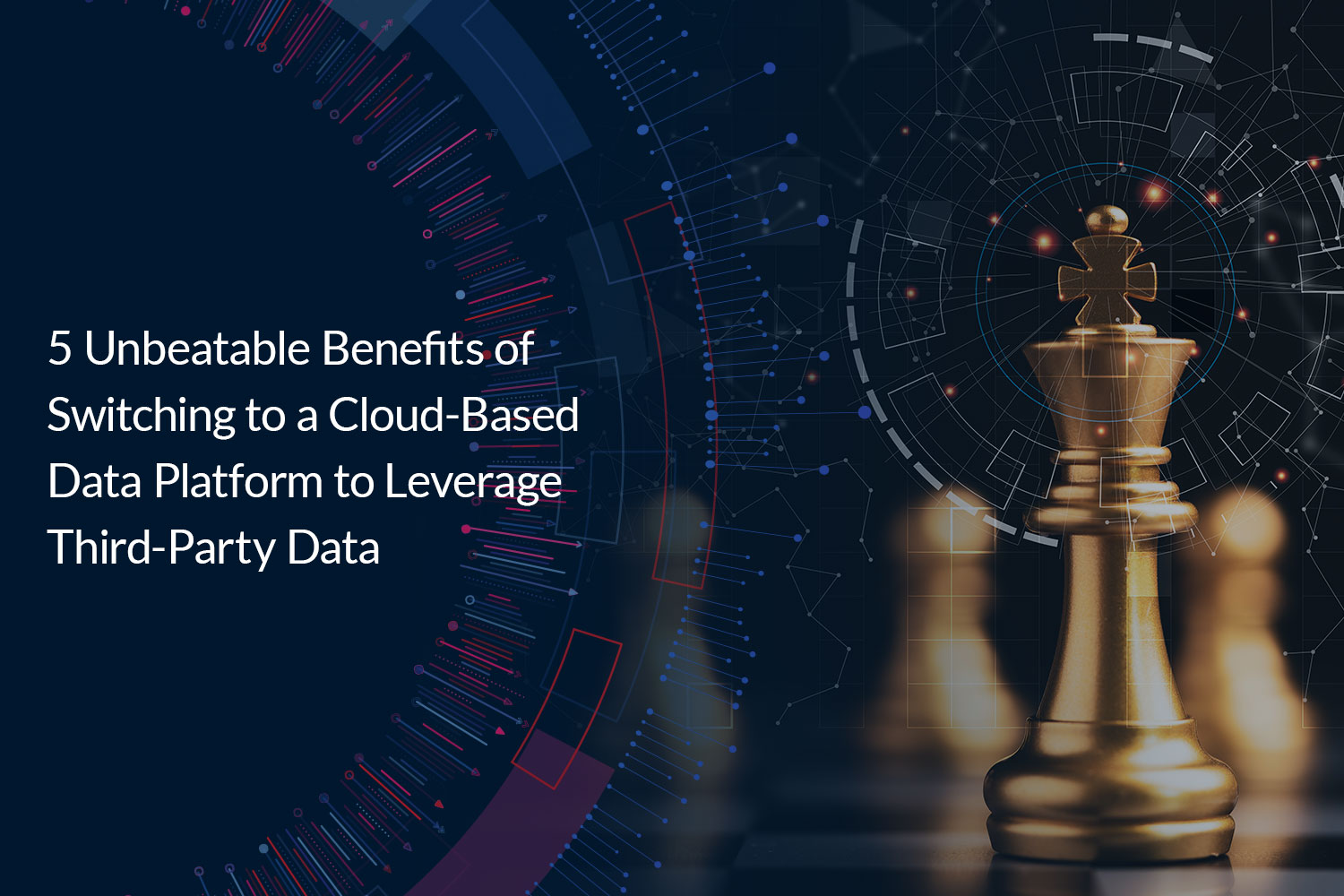
5 Unbeatable Benefits of Switching to a Cloud-Based Data Platform to Leverage Third-Party Data
The landscape of business is evolving at an unprecedented pace, thanks in no small part to the accelerating development of technology. One of the most impactful shifts in recent years is the migration from on-premises data solutions to cloud-based data platforms. What was once a buzzword and a future prospect has now become an integral part of modern business strategies. So, what makes cloud-based data platforms so beneficial...
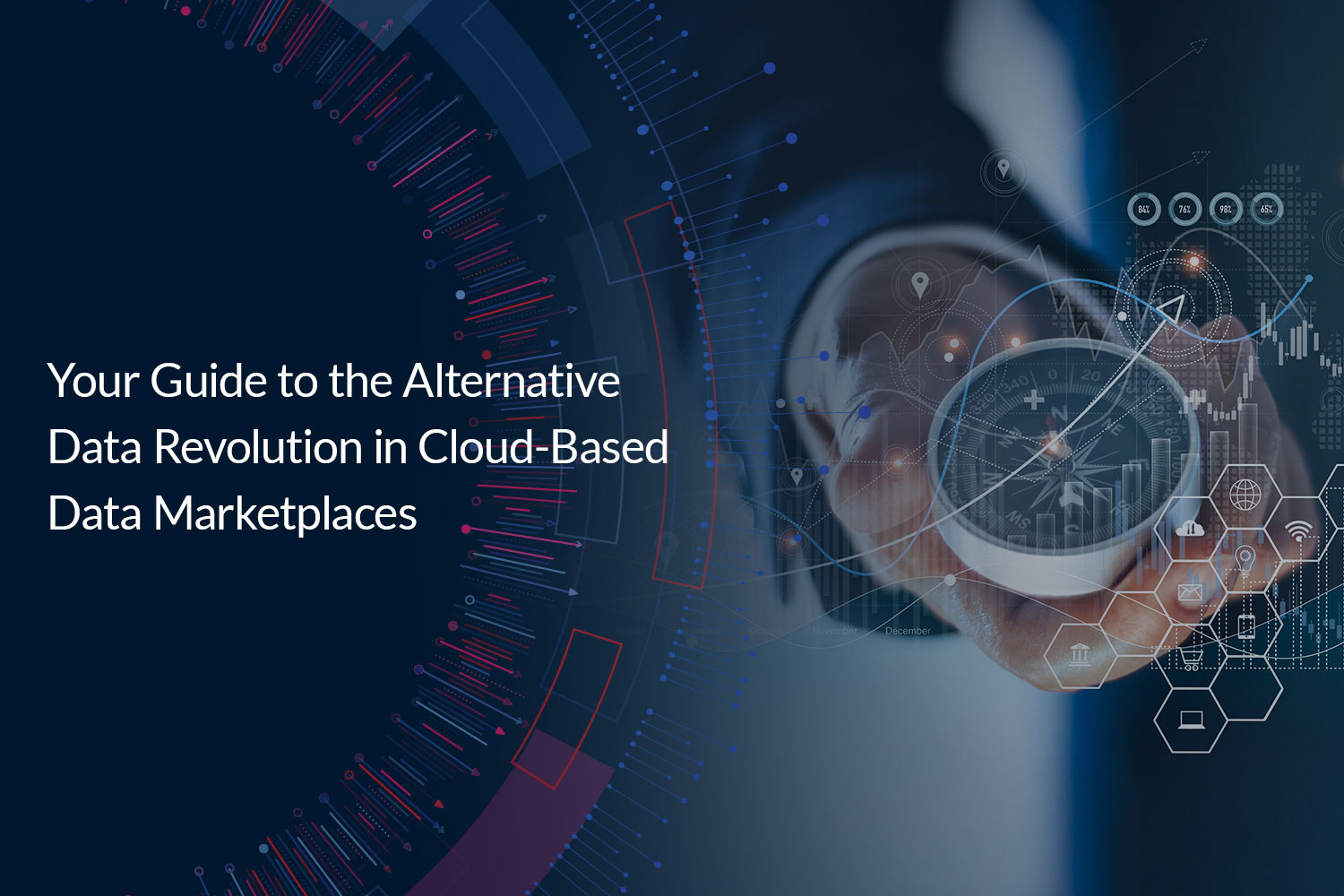
Your Guide to the Alternative Data Revolution in Cloud-Based Data Marketplaces
Data may seem as common as dirt these days, but harvesting insights from data is not without its challenges. According to Statista , for example, organizations across the globe report common problems with: 34% struggle with data discovery—where to find and access alternative data to enrich your analytics 35% face organizational silos make it difficult to cultivate and share meaningful insights 39% struggle with...

How to Use Big Data Analytics in Finance
The finance industry is up against massive challenges as 2023 shapes up to be a tumultuous year for the market. The closure of Silicon Valley Bank signaled another big fall in trust, and businesses are scrambling to make sure that they’re providing security and safety alongside their normal client services. Now more than ever, it’s critical that companies have trustworthy ways of performing their practices, finding...
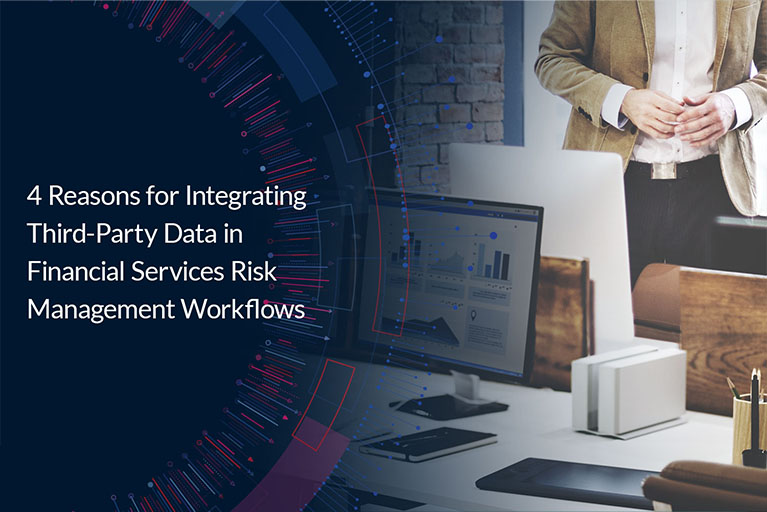
4 Reasons for Integrating Third-Party Data in Financial Services Risk Management Workflows
Recent volatility in the financial services sector only reinforces how interconnected and complex global markets have become. Geopolitical and economic uncertainty, coupled with expanding regulation, makes navigating the turbulence even more challenging. Global consultancy EY notes that “Data has an increasingly important role within financial crime risk management.” To get ahead of the curve, financial institutions increasingly...